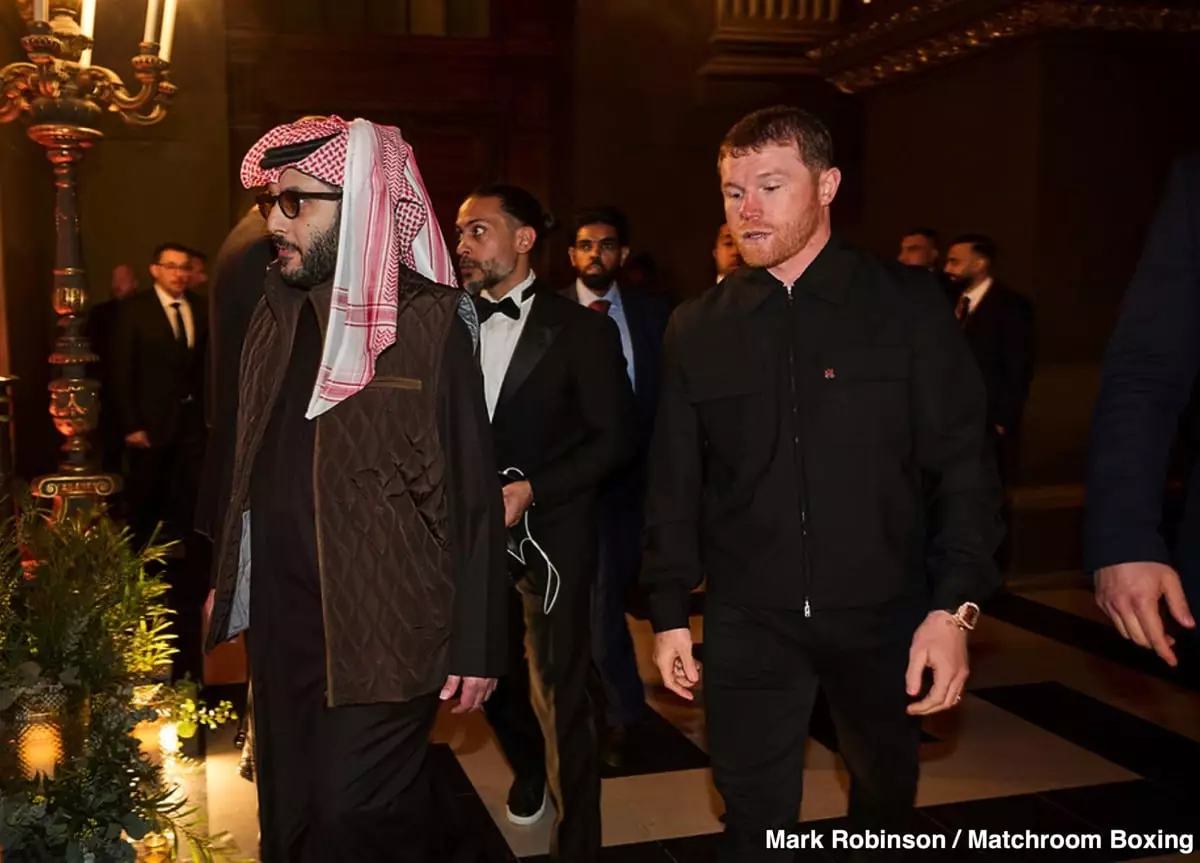The boxing world is buzzing with excitement as Terence Crawford prepares to face Canelo Alvarez on September 13th, a match that promises to be as much a war of wills as it is a clash of skills. The stakes couldn’t be higher, yet one voice stands out amidst the noise: Rolando “Rolly” Romero, who is unflinchingly critical of Crawford’s chances in this monumental bout. With the wealth of accolades and terrifying knockout power that Canelo presents, Romero believes that Crawford’s decision to move up to super middleweight reeks of desperation rather than a quest for glory.
Romero asserts that Crawford, revered for his skills at welterweight, simply does not possess the physicality or the enduring strength to withstand Canelo’s explosive punches. The disparity in size and weight is staggering: Canelo boasts a history of battling opponents significantly larger than himself, while Crawford has not convincingly proven that he can hold his own at 168 pounds. Romero’s perspective raises vital questions about the implications of moving up in weight—especially when one lacks a strong foothold in the new division. He argues that Crawford’s prior struggles at junior middleweight serve as a stark warning: how can he expect to fare against a seasoned champion who meticulously strategizes around those very attributes?
Legacy vs. Financial Gain
The narrative surrounding the Crawford vs. Canelo fight intertwines legacy and financial incentives, and Romero isn’t shy about declaring his beliefs. He suggests that Crawford’s motivations are driven more by the allure of a big payday than the desire to carve out an indelible mark in history. By positioning this fight as a “cash out,” Romero implies that Crawford is keenly aware of the monumental odds against him and sees this match as a last, financially beneficial hurrah. While moving up in weight is often romanticized as a quest for greater legacy, Romero argues that Crawford’s lack of commitment—reflected in his potential return to lighter classes—betrays a different agenda altogether.
Romero’s critique extends beyond Crawford’s physical attributes; he also emphasizes the evolution of Canelo Alvarez. No longer the green 22-year-old eager to prove himself against Floyd Mayweather, this current iteration of Canelo is a seasoned veteran with an arsenal that’s considerably more refined and dangerous. The contrast in experience promises to significantly influence the bout’s dynamics, as Canelo’s adaptability continues to improve with every fight. Romero provocatively challenges the assertion that Crawford can withstand the kind of punishment dished out by a fully realized Canelo, highlighting the perilous nature of this matchup as one where youthful bravado meets hardened ferocity.
Historical Precedents and Comparisons
To further solidify his position, Romero draws on historical comparisons, referring to other fighters who have attempted to scale the weight hierarchy and face Canelo. He points out that these ventures often do not end well, suggesting that fighters from lower divisions have repeatedly underestimated the pitfalls of moving up against someone like Canelo. This data paints a clearer picture: there is an alarming precedent of smaller fighters struggling to achieve relevance in bouts against larger, more powerful opponents.
Romero’s sharp analysis and no-nonsense attitude resonate with fans and pundits alike, positioning him as a formidable voice in the build-up to one of boxing’s most anticipated contests.


Leave a Reply